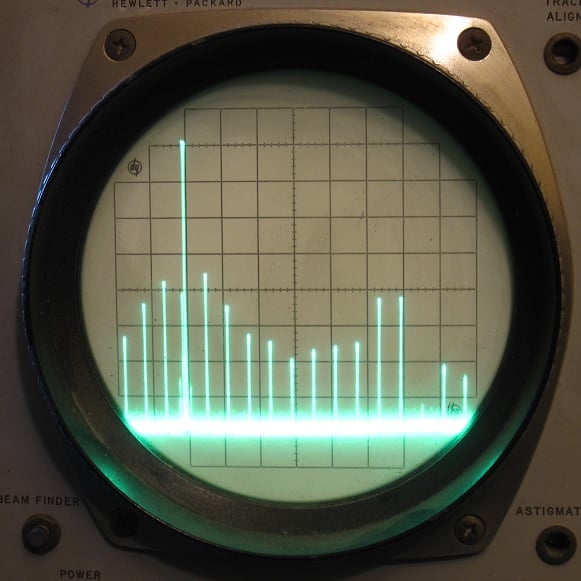I have a Lenovo Yoga running Windows 10 on a 1TB SSD and at some point will probably have to upgrade it to Windows 11. I use it for school and have to keep Windows on it for now because of what I’m currently doing. I want to start getting into Linux in hopes of making the switch sometime down the line. Is partitioning the disk and dual booting Windows/Linux a thing and is it possible/easy to do? If so, what distro would anyone recommend? (I’ve heard good things about Mint). Back in the day I had gotten bored one night, installed Ubuntu on an external drive and played around with it a very tiny bit before forgetting about it, but that’s the extent of my Linux knowledge, so kindly keep explanations ELI5 :)
Edit: Thank you everyone! You’ve given me lots of good advice and knowledge, some terms to Google, and some good places to start. I appreciate it! Looking forward to joining the wonderful world of Linux!
To add to what others have said, I’d recommend installing Windows first, then Linux. Windows tends to assume it’s the only OS that exists, so if there’s anything else on the boot sector (eg. your fresh new Linux install), it’ll just overwrite it without even checking lol.
I agree with the others that testing in a VM (Virtual Machine) first is probably a good idea. Keep in mind that because of missing 3D acceleration inside a VM things like desktop animations might not work.
As for distros, I’d recommend Mint or Fedora. I personally use Fedora.
What’s also important is the desktop environment you choose. The most popular ones are GNOME and KDE Plasma. GNOME is closer to MacOS than Windows and is made to just work while KDE Plasma has a layout similar to Windows out of the box but is very customizable and has a lot of options. Ubuntu uses GNOME but they make quite a few changes to it. Fedora uses GNOME by default but there’s also a KDE Plasma version, I think. Mint doesn’t have these 2 by default, you can always install them if you want to afterwards tho. The 3 options Mint gives you are also more Windows-like but I haven’t tried them myself, so I can’t tell you much about them. A VM would give you the ability to just install them, try them out and delete them afterwards. I personally use GNOME btw.
I did something slightly different. I dual boot windows and linux. But each one is on a different hard drive. I have two SSDs that each one is dedicated to. Makes things easier.
Yep, I dual boot on my laptop so that I can run certain programs for my schoolwork as well. I use Refind as my boot manager so that I can easily select one or the other on startup.
Yes, it’s super easy to do as well. Most distro installers give you the option to automatically install for dual-boot without any manual partitioning.
Definitely try Mint, I was on it for years and it is very thoughtfully designed for stability and ease if use.
The hardest part will be getting the liveUSB made for the Linux ISO. You can find some simple tools like Balena Etcher that make it easy though.
I tried this with Mint and broke my Windows partition somehow.
That’s a bummer, sorry man. That is super rare though, I’ve never heard of that happening to anyone else in my 10+ years of Linux life. Don’t let it keep you from trying it again. I guess that is a testimony to the importance of backups, especially when working with partitions.
OP, the most trouble I’ve ever heard of or experienced myself was some GRUB issues, which are just a matter of the bootloader recognizing that there is a windows or Linux partition alongside whatever is being booted up. There are a ton of tutorials on how to address that type of issue though, it’s usually a matter of one or two commands in a terminal or command prompt.
It is very difficult for a person who is too lazy to google for an answer. I don’t recommend.
Dual boot exists for a long time. You just have to make sure your drive is partition with the GPT table and not the MBR one
First if all, welcome to Linux. I also found it in my high school/college years and am so glad I did. Things will be weird. I remember thinking “what kind of Fisher Price OS is this?” because Ubuntu was so simple looking back then and I was used to the unnecessary clutter of Windows. There is so much to explore, but I think you are on a good path with Mint. I have also run Mint for a few years and love some of the things it does.
A helpful note: If you plan on sharing files between the two OSes, be aware that Windows won’t typically access a Linux file system like ext4 or btrfs and Linux can handle NTFS (windows) in a lot of cases, but if you have bitlocker running you may have additional hurdles.
I highly recommend getting a big external drive ans backing up regularly (like at least once a week). At some point you will screw up and be glad you did it. I only overwrote a disk partition on accident once, and I recovered the data, but I also learned my lesson the hard way. Don’t be like me!
I do this every day and the only problems I have is that it throws off Windows’ system clock (requiring a manual re-sync) and I have to re-pair my bluetooth headphones every time



